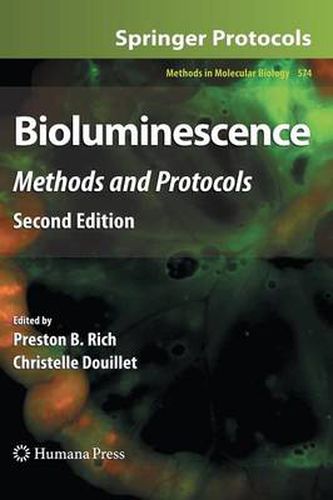Readings Newsletter
Become a Readings Member to make your shopping experience even easier.
Sign in or sign up for free!
You’re not far away from qualifying for FREE standard shipping within Australia
You’ve qualified for FREE standard shipping within Australia
The cart is loading…






This title is printed to order. This book may have been self-published. If so, we cannot guarantee the quality of the content. In the main most books will have gone through the editing process however some may not. We therefore suggest that you be aware of this before ordering this book. If in doubt check either the author or publisher’s details as we are unable to accept any returns unless they are faulty. Please contact us if you have any questions.
Part I I wasraised in a redbrick Baltimore row housewhere summer was marked by the ti- honored ritual of firefly-chasing - a backyard tradition that has endured the gene- tions.Amidtheexcitement,myfatheroftentoldthestoryofhow,whenhewasachild, researchers at the Johns Hopkins University had appealed for the systematic capture of live fireflies en masse. Science had engaged the Baltimore youth in an entrepreneurial quest to jar as many lightning bugs as the dwindling light of dusk would permit. The very next morning, each 100-count glass jar of glowing crawling insects could be exchanged at the University for exactly one crisp dollar bill. Unrecognized at the time by my father, his joyous endeavors had contributed in a profoundwaytotheadvancedmolecularbiologicaltechniquesthatserveasthebasisfor thistextbook.In1947,WilliamMcElroyusedextractsfromthoseveryfirefliestodefine the fundamental reaction underlying the mystical phenomenon of luminescence, and published “The energy source for bioluminescence in an isolated system” in the Proceedings of the National Academy of Sciences. Inthedecadessincethatsummer,thestudyandapplicationofbioluminescencehave allowed us to leverage the enduring power of nature’s elegance. We have painstakingly harnessedapowerfultoolthatenablesustoseekadeeperunderstandingofthecomplex mechanisms underpinning so many vital biologic systems. This second edition of Methods in Molecular Biology’s Bioluminescence: Methods and Protocols serves as a re- ableandutilitariancompilationofthenewestandmostinnovativetechniquesthathave emerged in this rapidly expanding and progressively diverse field. We are indebted to the authors for their thoughtful contributions, inspired by their rigorous dedication to the science of bioluminescence, humbled by the unyielding supportofourcolleagues,andgratefulfortheopportunityprovidedusbyJohnandJan Walker.
$9.00 standard shipping within Australia
FREE standard shipping within Australia for orders over $100.00
Express & International shipping calculated at checkout
This title is printed to order. This book may have been self-published. If so, we cannot guarantee the quality of the content. In the main most books will have gone through the editing process however some may not. We therefore suggest that you be aware of this before ordering this book. If in doubt check either the author or publisher’s details as we are unable to accept any returns unless they are faulty. Please contact us if you have any questions.
Part I I wasraised in a redbrick Baltimore row housewhere summer was marked by the ti- honored ritual of firefly-chasing - a backyard tradition that has endured the gene- tions.Amidtheexcitement,myfatheroftentoldthestoryofhow,whenhewasachild, researchers at the Johns Hopkins University had appealed for the systematic capture of live fireflies en masse. Science had engaged the Baltimore youth in an entrepreneurial quest to jar as many lightning bugs as the dwindling light of dusk would permit. The very next morning, each 100-count glass jar of glowing crawling insects could be exchanged at the University for exactly one crisp dollar bill. Unrecognized at the time by my father, his joyous endeavors had contributed in a profoundwaytotheadvancedmolecularbiologicaltechniquesthatserveasthebasisfor thistextbook.In1947,WilliamMcElroyusedextractsfromthoseveryfirefliestodefine the fundamental reaction underlying the mystical phenomenon of luminescence, and published “The energy source for bioluminescence in an isolated system” in the Proceedings of the National Academy of Sciences. Inthedecadessincethatsummer,thestudyandapplicationofbioluminescencehave allowed us to leverage the enduring power of nature’s elegance. We have painstakingly harnessedapowerfultoolthatenablesustoseekadeeperunderstandingofthecomplex mechanisms underpinning so many vital biologic systems. This second edition of Methods in Molecular Biology’s Bioluminescence: Methods and Protocols serves as a re- ableandutilitariancompilationofthenewestandmostinnovativetechniquesthathave emerged in this rapidly expanding and progressively diverse field. We are indebted to the authors for their thoughtful contributions, inspired by their rigorous dedication to the science of bioluminescence, humbled by the unyielding supportofourcolleagues,andgratefulfortheopportunityprovidedusbyJohnandJan Walker.